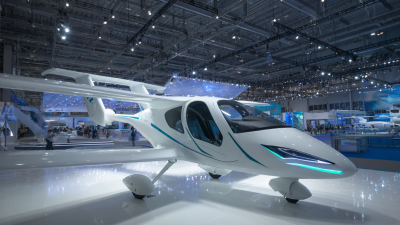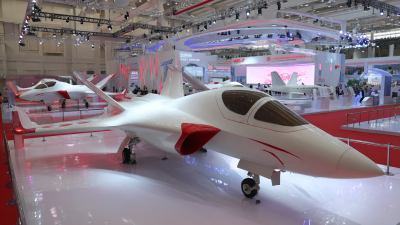Fuel Injection Aircraft Innovations Showcased at the 138th Canton Fair 2025
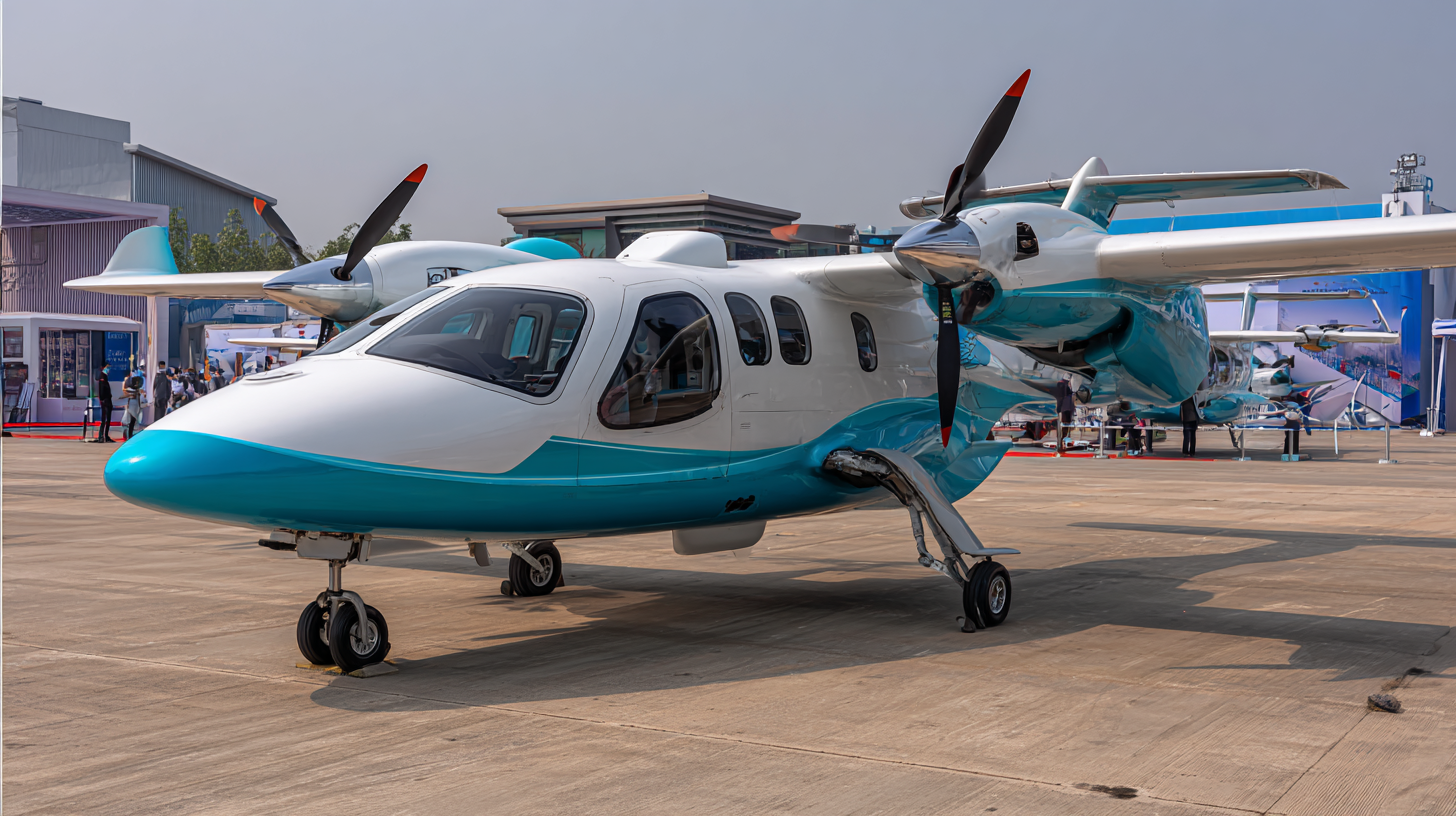 The 138th Canton Fair in 2025 serves as a remarkable platform showcasing cutting-edge innovations in the aviation sector, particularly focusing on fuel injection aircraft. As the global aviation market continues to recover post-pandemic, projected to reach USD 1 trillion by 2025, advancements in fuel injection technology are crucial for enhancing aircraft performance and efficiency.
The 138th Canton Fair in 2025 serves as a remarkable platform showcasing cutting-edge innovations in the aviation sector, particularly focusing on fuel injection aircraft. As the global aviation market continues to recover post-pandemic, projected to reach USD 1 trillion by 2025, advancements in fuel injection technology are crucial for enhancing aircraft performance and efficiency.
According to a recent report by the International Air Transport Association (IATA), innovations in fuel systems are expected to reduce fuel consumption by approximately 15% in the next five years. This fair highlights significant contributions from leading manufacturers who are at the forefront of integrating sophisticated fuel injection systems into modern aircraft designs.
As sustainability becomes increasingly critical in aviation, the development of fuel injection aircraft not only promises increased operational efficiency but also supports the industry's goal of mitigating carbon emissions, making this event a pivotal moment for stakeholders and aviation enthusiasts alike.
Innovative Fuel Injection Technologies Transforming Aviation at the Canton Fair 2025
Innovative fuel injection technologies are set to transform the aviation industry, showcasing their advancements at the upcoming 138th Canton Fair in 2025. As the need for more efficient and environmentally friendly aircraft systems increases, these innovations promise to enhance performance, reduce emissions, and cut operational costs. Reports indicate that the global aircraft fuel injection systems market is anticipated to grow significantly, with projections suggesting a rise from USD 3.5 billion in 2023 to approximately USD 6.2 billion by 2030.
Among the highlights at the Canton Fair will be the presentation of advanced fuel injection methods that use smarter algorithms and enhanced materials. This shift is aligning with industry trends that emphasize sustainability and efficiency, as seen in other sectors like medical device manufacturing in Africa and technological showcases at expos worldwide. Attendees can expect to learn about breakthroughs that not only improve flight safety but also contribute to reducing the carbon footprint of aviation.
Tips: When evaluating fuel injection technologies, consider factors such as compatibility with existing systems, the efficiency gains they offer, and their adherence to emerging sustainability regulations. Staying informed through industry reports and attending expos like the Canton Fair can provide valuable insights to help stakeholders make informed decisions regarding these impactful innovations.
Impact of Fuel Injection Systems on Aircraft Efficiency and Emissions Reductions
The impact of fuel injection systems on aircraft efficiency and emissions reductions is increasingly critical as the aviation industry aims for sustainable operations by 2050. Innovations in fuel injection technology can lead to enhanced combustion characteristics, reducing fuel consumption and minimizing harmful emissions. Recent studies emphasize the importance of optimizing fuel injection parameters, such as timing and boost pressure, especially when integrating alternative fuels like hydrogen or biofuels. This optimization not only improves engine performance but also contributes to realizing lower carbon footprints in aviation.
Furthermore, the transition towards liquid hydrogen and hydrogen-based propulsion systems is gaining momentum. These technologies present an opportunity to drastically decrease the reliance on conventional fossil fuels, which are a major contributor to greenhouse gas emissions. Ongoing research into hydrogen micromix combustion technologies points to significant advancements in injector performance, enhancing the overall efficiency of gas turbine engines. As innovations continue to unfold, the combination of cutting-edge fuel injection systems and sustainable fuels could pave the way for a new era in aviation, prioritizing environmental responsibility alongside operational efficiency.
Fuel Injection Aircraft Innovations Impact on Efficiency and Emissions
This chart illustrates the impact of various fuel injection systems on overall aircraft efficiency and emissions reductions. The data represents the percentage improvement in fuel efficiency and the corresponding percentage reduction in emissions achieved by different injection technologies.
Key Industry Players Showcasing Advanced Fuel Injection Solutions for Aviation
At the 138th Canton Fair in 2025, key industry players will unveil their advanced fuel injection solutions tailored for the aviation sector. The aircraft fuel systems market is projected to witness significant growth, with revenues estimated to rise from USD 10.17 billion in 2025 to USD 11.63 billion by 2030. This growth is driven by innovations in propulsion systems and the increasing emphasis on fuel efficiency, making these developments crucial for both manufacturers and aviation operators.
As the industry shifts towards more sustainable practices, the emergence of hydrogen fuel as a green alternative is noteworthy. Various companies are actively testing hydrogen internal combustion engines, focusing on fuel injection technology and other critical aspects like air-fuel ratios and emissions control. The aviation landscape is evolving, paving the way for cleaner, more efficient fuel systems that promise to reshape the future of flight.
Tips: When considering fuel injection innovations for aviation, it’s essential to stay updated with industry trends and technological advancements. Collaborations among aerospace companies aim to enhance hybrid-electric systems, so keeping an eye on consortium developments can provide insights into future product offerings. Engaging with market reports can also offer valuable data that aids in strategic decision-making in this rapidly changing field.
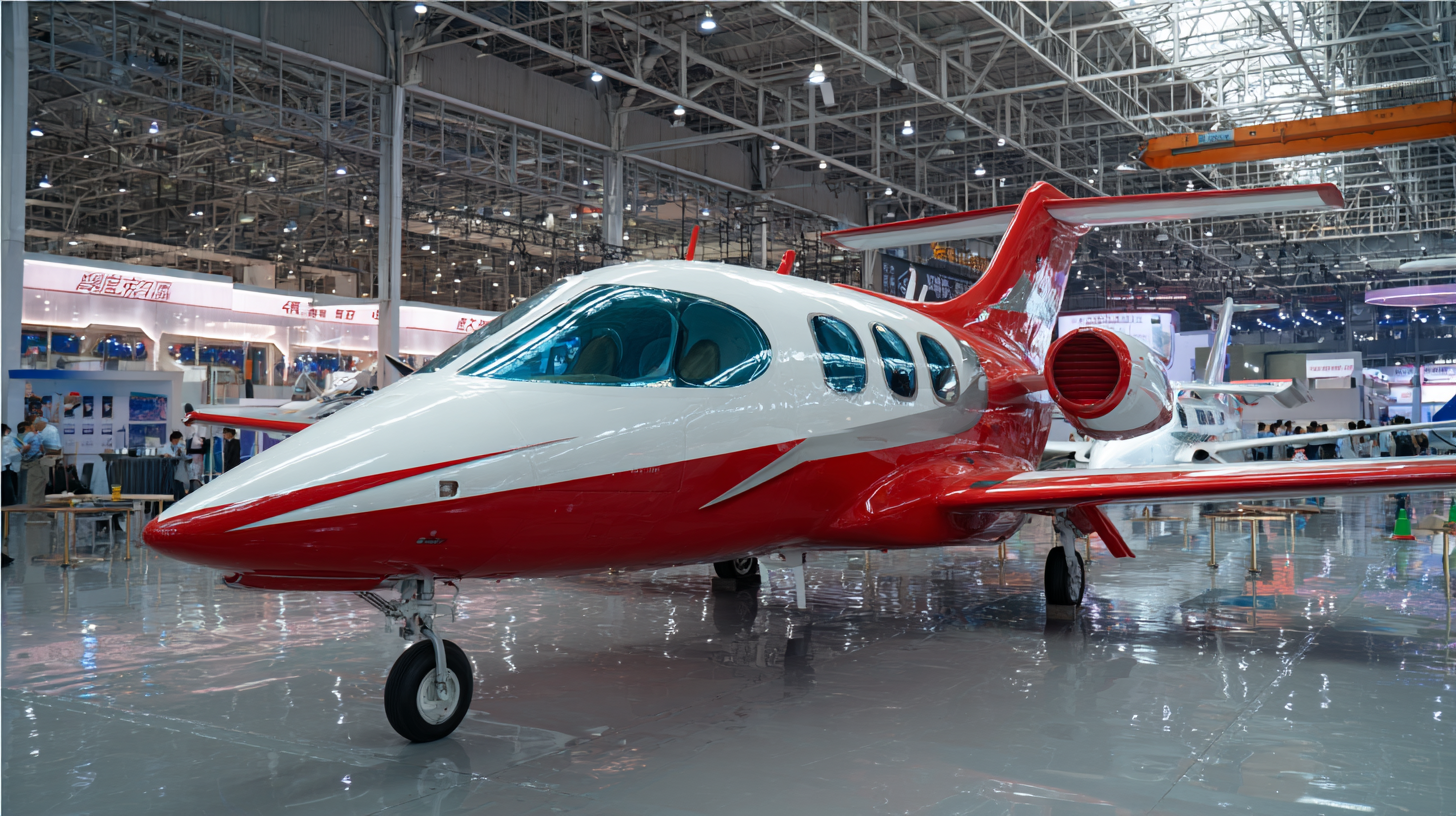
Emerging Trends in Aircraft Fuel Injection Systems: A Look Ahead to 2025
The 138th Canton Fair in 2025 highlighted significant advancements in aircraft fuel injection systems, showcasing a range of innovative technologies. One key trend emerging from these developments is the integration of digital technologies that enhance precision and efficiency in fuel management. The adoption of advanced algorithms and real-time data analytics allows for better optimization of fuel consumption, leading to reduced emissions and improved overall performance. This focus on sustainability aligns with the global aviation industry's commitment to reducing its carbon footprint.
Another notable trend is the rising interest in alternative fuels and hybrid systems. As environmental regulations tighten, manufacturers are increasingly exploring options that can utilize sustainable fuels without compromising performance. Innovations such as modular fuel injection systems that are compatible with both conventional and alternative fuels are making waves in the industry. This flexibility not only supports regulatory compliance but also opens new avenues for research and development, positioning the sector for a greener future.
Fuel Injection Aircraft Innovations Showcased at the 138th Canton Fair 2025
| Innovation Type | Description | Advantages | Potential Impact |
|---|---|---|---|
| Electronic Fuel Injection (EFI) | Advanced control of fuel mixture for enhanced engine performance. | Improved fuel efficiency and emissions reduction. | Lower operational costs and compliance with environmental regulations. |
| Variable Geometry Injectors | Adjustable injector design for diverse operational conditions. | Enhanced performance across a range of speeds and altitudes. | Increased aircraft versatility and operational capability. |
| Composite Injector Bodies | Use of lightweight materials to reduce weight without sacrificing strength. | Lighter fuel systems contributing to overall aircraft weight reduction. | Improved fuel economy and payload capacity. |
| Nano-coating Technologies | Innovative coatings to enhance durability and reduce wear. | Longer life and reduced need for maintenance. | Lower lifecycle costs and improved safety. |
| Adaptive Fuel Management Systems | Smart systems that adjust fuel delivery based on flight conditions. | Maximized engine performance and minimized fuel wastage. | Enhanced operational efficiency and sustainability. |
Analyzing Market Growth: Fuel Injection Technologies in the Aviation Sector
The 138th Canton Fair 2025 highlighted significant innovations in fuel injection technologies for the aviation sector, with a particular focus on the integration of advanced actuators equipped with sensing and communication capabilities. This trend is reshaping the market, allowing for the seamless merging of actuator functions with built-in sensors, which enhances real-time monitoring and control within various aircraft systems. Such advancements are pivotal for improving the efficiency and reliability of aviation technologies.
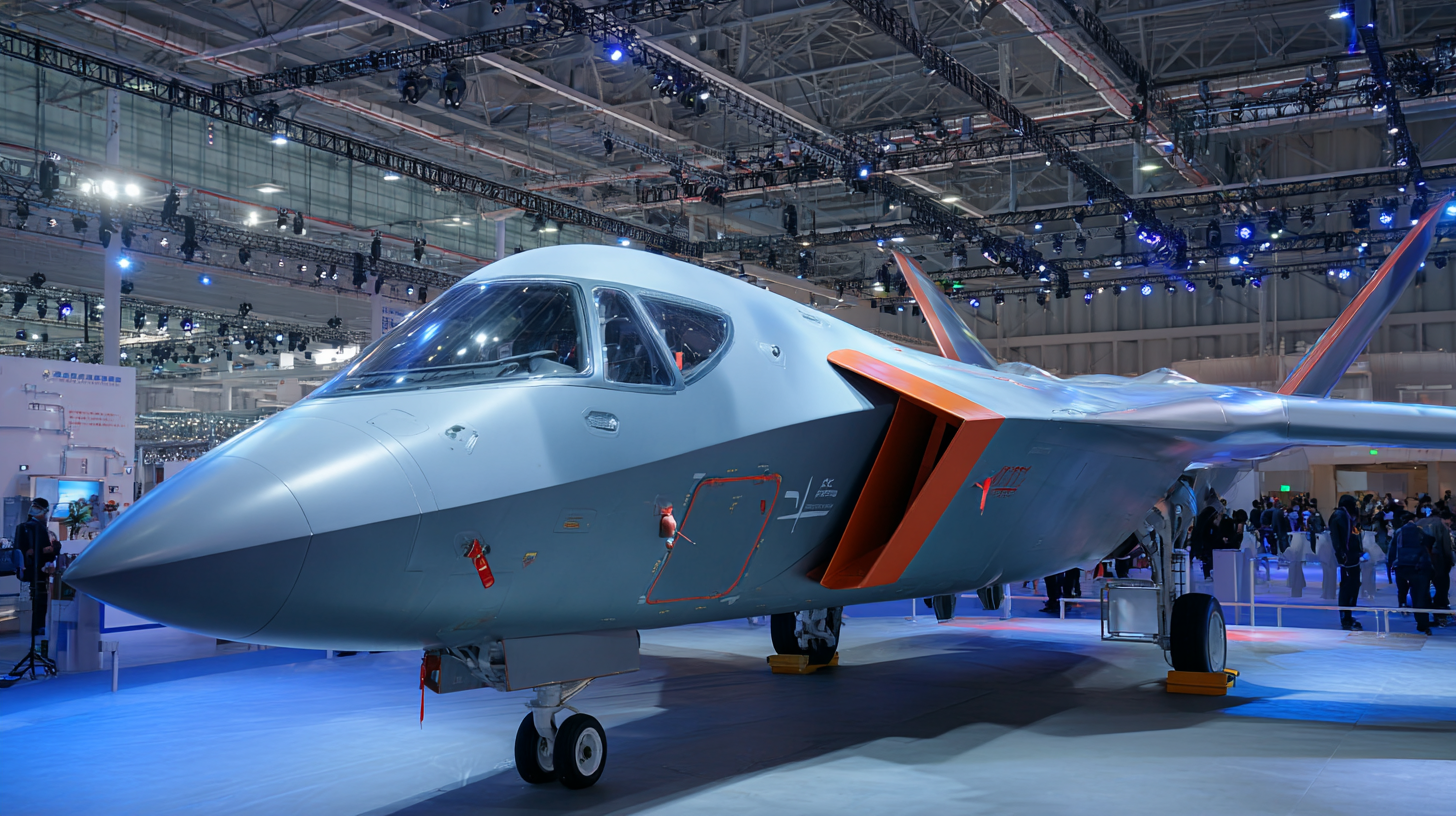
The analysis of market growth reveals a noteworthy increase in the general aviation engine segment, expected to reach sales of $5.3 billion by 2023. General aviation engines, utilized in smaller aircraft, helicopters, and light drones, typically demonstrate lower power outputs compared to commercial aviation engines. The growing investment in this sector, alongside trends in smart actuator technology, indicates a robust future for fuel injection systems, further propelling the need for innovations that optimize performance and operational capabilities in aviation.

